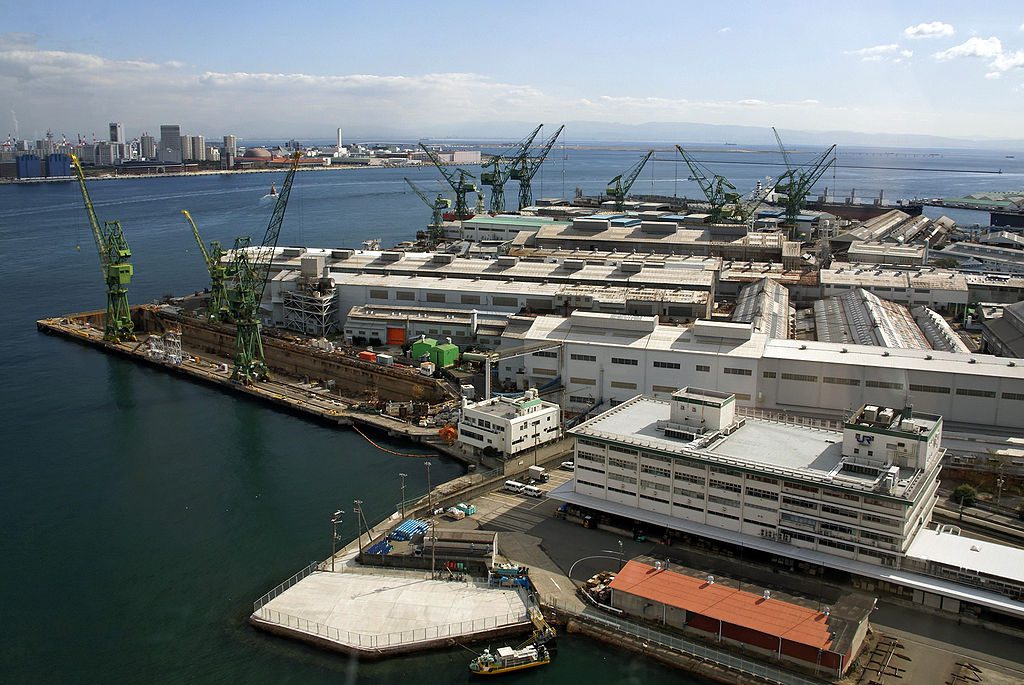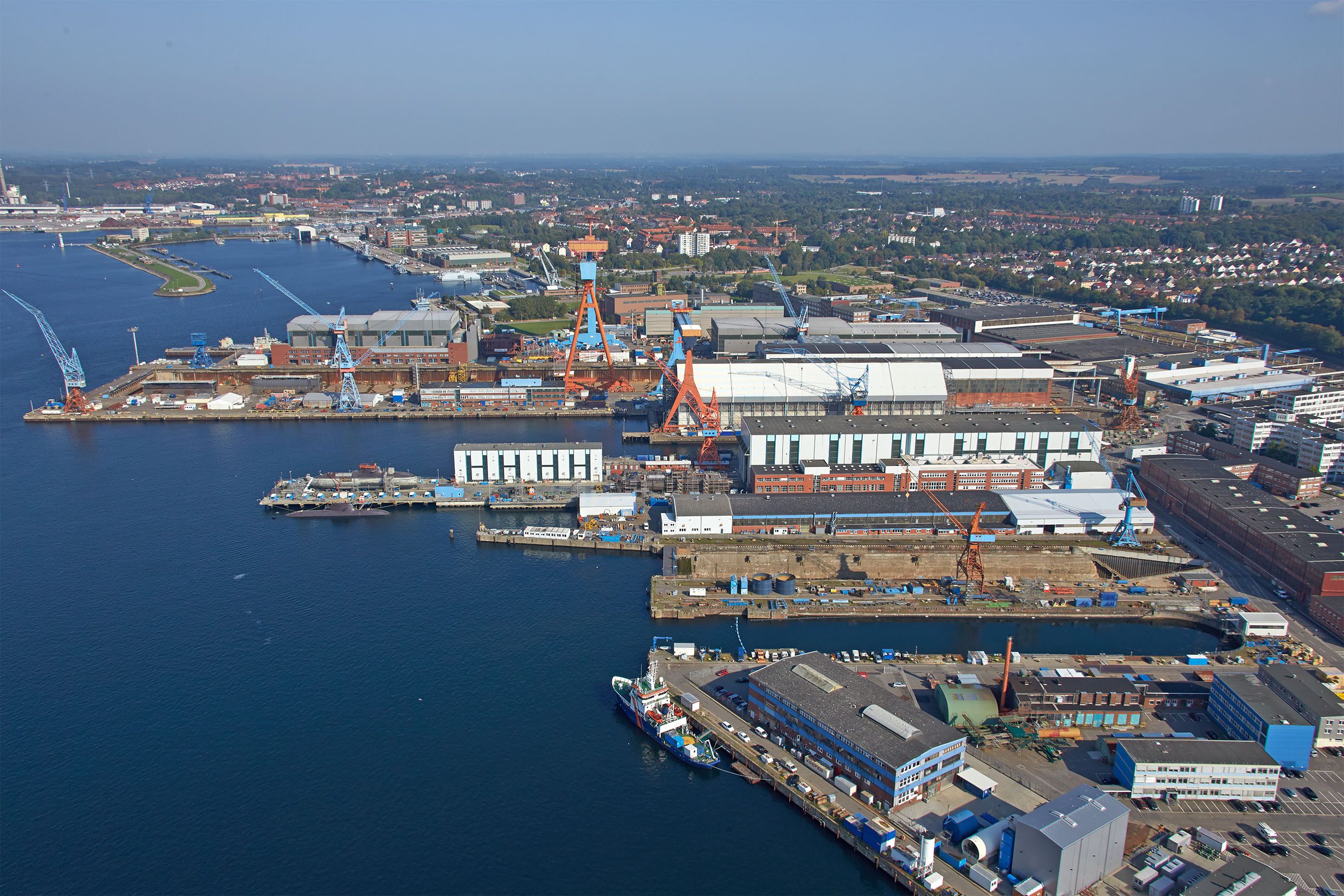By Yuka Obayashi (Reuters) – Japan’s Kawasaki Heavy Industries is aiming to replicate its success as a major liquefied natural gas (LNG) tanker producer with hydrogen, a key element that may help decarbonize industries and aid the global energy transition.
A $500 million ($385 million) pilot project, led by Kawasaki and backed by the Japanese and Australian governments, plans to ship its first cargo of liquefied hydrogen from Australia to Japan in spring 2021, which the firm hopes will mark the dawn of a new clean energy era.
Related Book: A Life on Our Planet: My Witness Statement and a Vision for the Future by Sir David Attenborough
“We want to prove the possibilities of shipping mass volumes of hydrogen to be used in Japan and elsewhere in Asia, just like LNG,” Motohiko Nishimura, Kawasaki’s vice executive officer, told Reuters last Friday.
Hydrogen, long used as rocket fuel, is mostly extracted from natural gas or coal. It is mainly utilised in oil refining and to produce ammonia for fertilisers but future demand is expected to come from broader segments including transport, building and power generation.
Kawasaki has the wind at its back, as hydrogen has become the green fuel of choice among many governments and businesses who are betting big that the universe’s most abundant element can help fight climate change.
Japan’s government unveiled an ambitious goal in December to boost its annual hydrogen demand to 3 million tonnes by 2030, from about 2 million tonnes now, and 20 million tonnes by 2050.
Kawasaki aims to build 80 hydrogen carriers to import 9 million tonnes of the fuel a year by 2050, after building 2 commercial-scale ships to import 225,000 tonnes by 2030. It’s targeting overall hydrogen-related sales of 120 billion yen ($1.16 billion) in 2030 and 300 billion yen in 2040.
“We are considering beefing up our goals to reflect the government’s new targets,” Nishimura said.
This spring, Kawasaki will transport 75 tonnes of hydrogen, extracted from brown coal and liquefied in Australia’s Victoria state, enough to fill the tanks of 15,000 fuel cell vehicles.
By freezing hydrogen gas to minus 253 Celsius — lower than LNG’s minus 162 C — the cargo can be compressed to one-800th of its gaseous volume.
For Kawasaki, which started developing a hydrogen supply chain that includes hydrogen liquefaction systems and storage tanks more than a decade ago, the biggest obstacle remains cost.
It aims to slash hydrogen supply costs to 29.7 yen ($0.3) per normal cubic meter (Nm3) by 2030, from 100 yen now, and to 18 yen by 2050.
“We need demand from the power sector to bring down cost by scaling up,” Nishimura said, adding it is in talks with multiple companies and cities to find buyers and land to build a bigger receiving terminal for the commercial project.
Japan pioneered the wholesale use of LNG over 50 years ago as Tokyo Electric and Tokyo Gas opted to import the fuel to cut air pollution and meet soaring power demand amid the nation’s rapid economic expansion.
“We need government support to create a system to encourage use of a cleaner fuel and to clarify who would bear the cost,” Nishimura said.
($1 = 1.2979 Australian dollars) ($1 = 103.7000 yen)
(Reporting by Yuka Obayashi and Ritsuko Shimizu Editing by Gavin Maguire & Shri Navaratnam, Reuters)

 Join The Club
Join The Club











